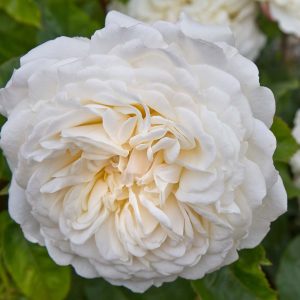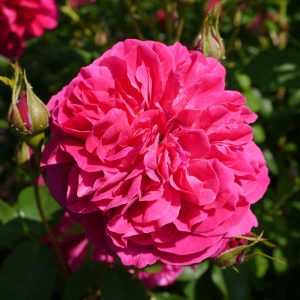Description
Lupinus, commonly known as lupines, are an attractive and versatile group of flowering plants that come in a variety of colors, including blue, purple, pink, and yellow. They are particularly well-suited for cottage gardens, where they can be used to add height and texture to borders or mixed with other perennials, such as delphiniums, campanulas, or echinaceas. Lupines also make excellent cut flowers, thanks to their tall spikes of densely-packed blooms that appear in late spring to early summer. For best results, plant lupines in full sun to partial shade and in well-drained soil. They are relatively low-maintenance plants, but may require staking in windy areas. With their stunning blooms and ease of care, lupines are a great addition to any garden.
Key Facts
- Common Name(s):Lupin Gallery Series Blue
- Hardiness:Fully hardy through most of the UK
- How big will I get? Lupinus ‘Gallery Series Red’ can grow to a height of 0.7m and a spread of 0.4m.
- Did You Know That:The seeds of some lupine species are used as a food source for humans and animals, particularly in the Andes region of South America where lupine seeds are a traditional food.
Plant Calendar
A rough guide to how this plant will change through the year.
| Jan | Feb | Mar | Apr | May | June | July | Aug | Sept | Oct | Nov | Dec | |
| Flowering Time |  |
 |
 |
 |
||||||||
| Foliage Colour |  |
 |
 |
 |
 |
 |
 |
 |
 |
| J | F | M | A | M | J | J | A | S | O | N | D |
 |
 |
 |
 |
||||||||
 |
 |
 |
 |
 |
 |
 |
 |
 |
Care Guide

Soil Requirements
Lupinus ‘Gallery Series Red’ prefers soil with good drainage and does not tolerate standing water. This plant is not tolerant of alkaline soil, it requires either a neutral or acidic soil to grow.

Best Position
Lupinus ‘Gallery Series Red’ can handle either an exposed or a sheltered position and can cope with either full sun or partial shade.

Maintenance
Lupinus ‘Gallery Series Red’ should be deadheaded regularly to promote new flowers coming through. This will prolong the flowering period of the plant as it saves the energy that the plant would have put into producing seeds and allows it to produce more flowers!

Pest, Diseases and Wildlife
Lupinus ‘Gallery Series Red’ can have problems with slugs and aphids, it can be vulnerable to certain diseases such as leaf spot and powdery mildews. It is also known to attract bees. It is toxic to cats, dogs, horses and people.





